7th Grade Math: Curriculum Resources & Expert Support for Middle School Success
Third Space Learning helps teachers strengthen seventh grade math instruction with personalized tutoring and resources aligned to numerical and algebraic expressions and proportional relationships.
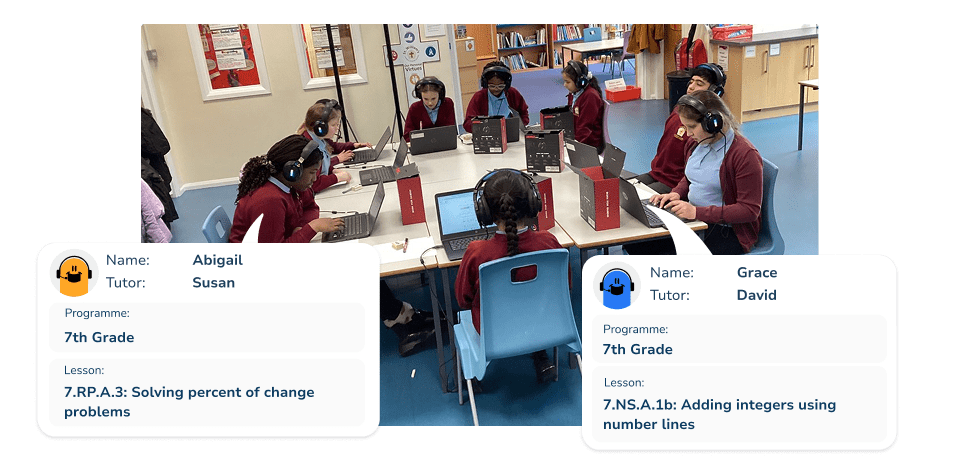
How to help your students with 7th grade math
Working at or below 6th Grade math
If your students struggle with negative numbers, fractions, or basic operations, targeted one-to-one tutoring can help to close learning gaps and boost learners’ readiness for seventh grade math.
Find out moreTargeting key seventh grade math gaps
Tutoring targets specific math gaps in operations with rational numbers, solving equations, and understanding geometry, ensuring your students progress in the seventh grade math curriculum.
Learn moreHigh-quality classroom teaching
Give your class grade specific resources for multi-step problems, algebraic expressions and proportional reasoning to support great middle school teaching.
7th Grade math resources7th grade math by domain and cluster
Here’s an overview of the 7th grade math domains and clusters from the Common Core State Standards, emphasizing key skills and concepts.
Grade 7 Ratios and Proportional Relationships
Analyze and solve real-world problems involving ratios and percents
Recognize and represent proportional relationships on a coordinate plane
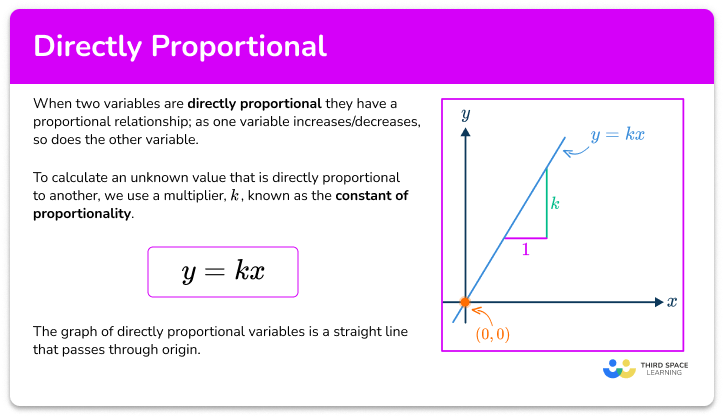
Directly proportional
Free directly proportional math topic guide, including step-by-step examples, free practice questions, teaching tips and more!
Learn more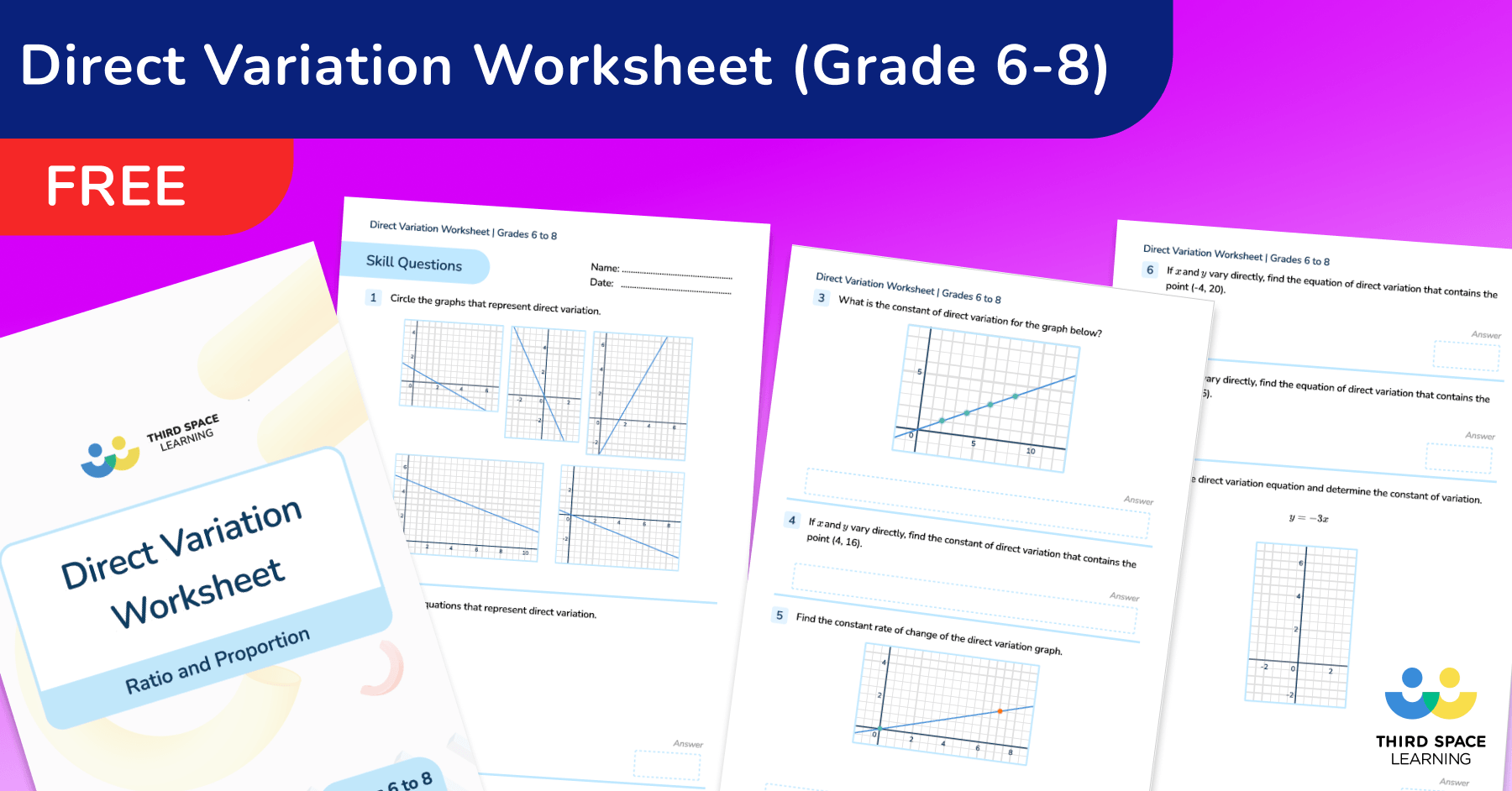
Direct Variation Worksheet
Free Direct Variation worksheet for 7th Grade and 8th Grade with 10 skills based practice questions and 5 applied questions.
Learn more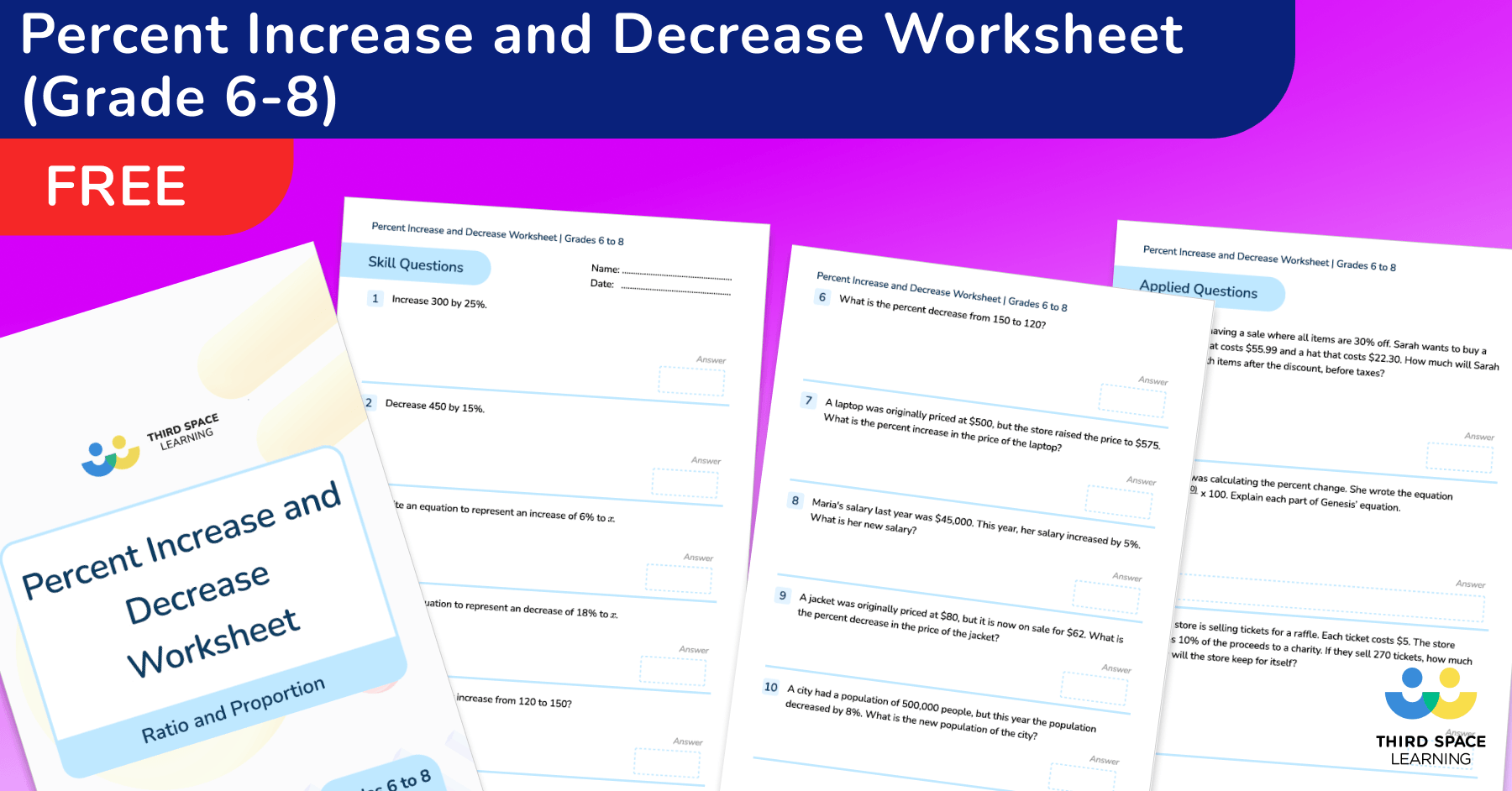
Percent Increase And Decrease Worksheet
Free Percent Increase And Decrease worksheet for 7th Grade with 10 skills based practice questions and 5 applied questions.
Learn moreGrade 7 The Number System
Perform operations with rational numbers
Add, subtract, multiply, and divide negative integers and rational numbers
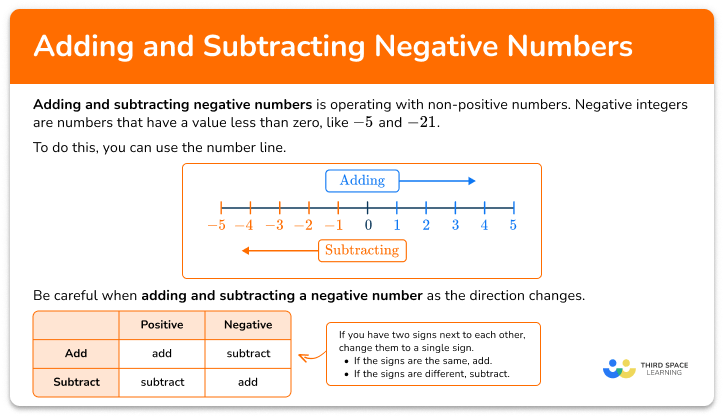
Adding and subtracting negative numbers
Free adding and subtracting negative numbers math topic guide, including step-by-step examples, free practice questions and more!
Learn more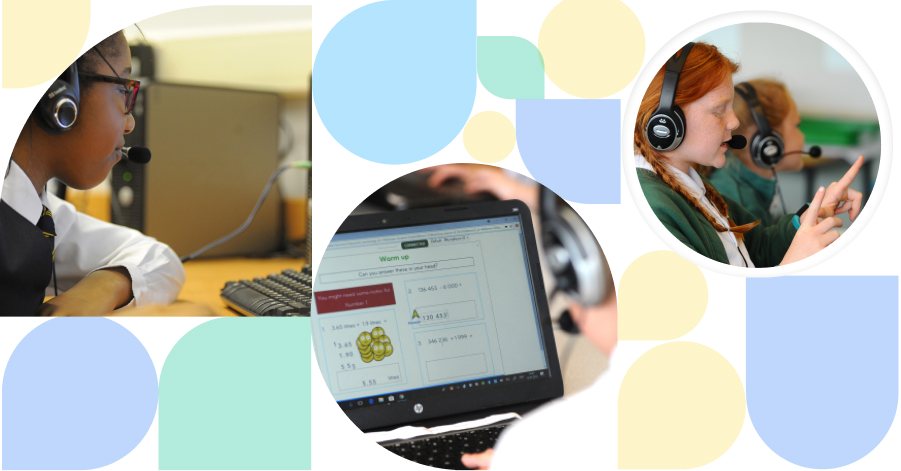
Number & Quantity – Math Topic Guides (FREE)
Number and quantity step by step topic guides, with detailed examples and practice questions. All matched to common core and state standards by US teachers.
Learn more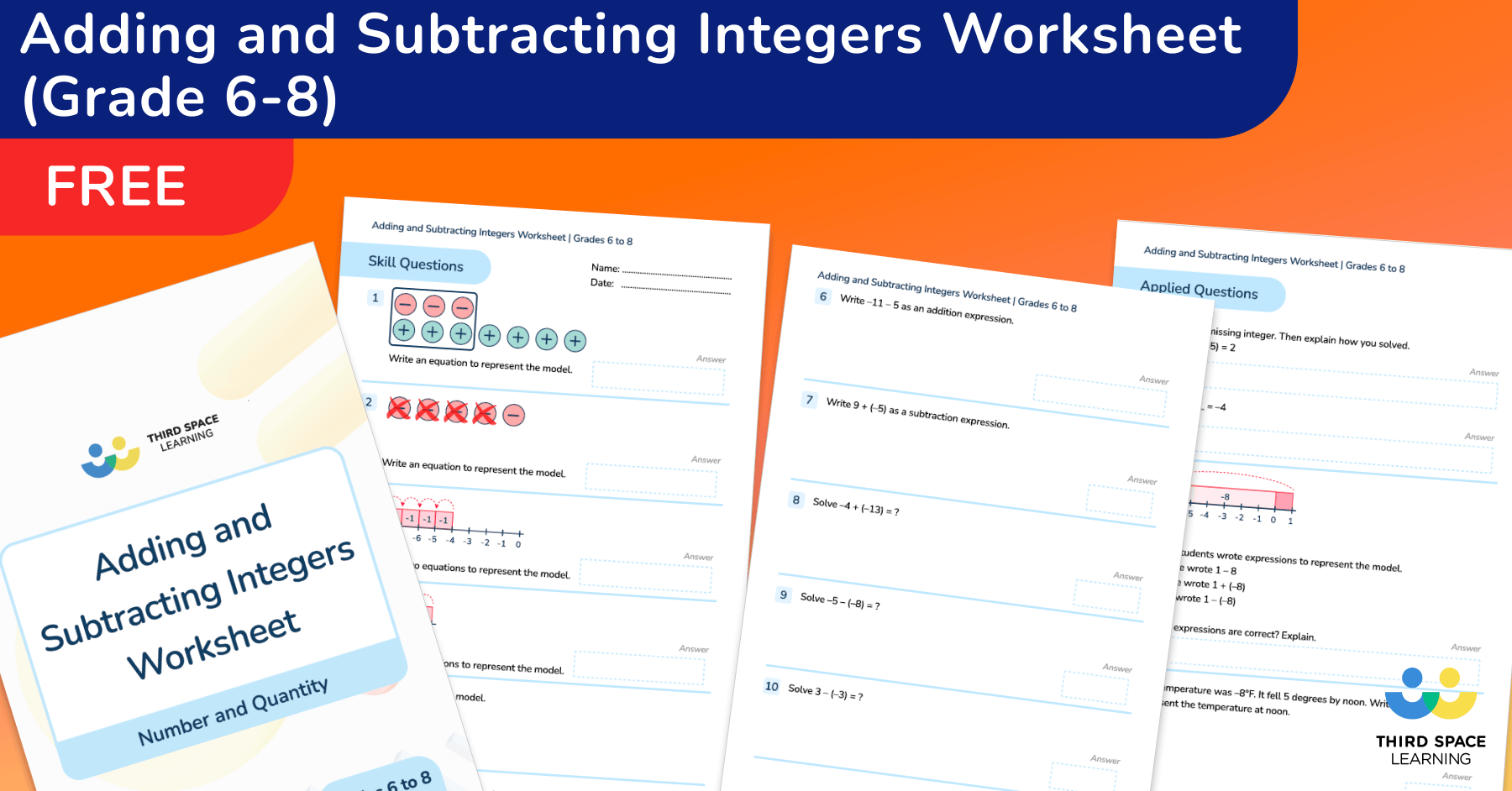
Adding And Subtracting Integers Worksheet
Free Adding And Subtracting Integers worksheet for 7th Grade with 10 skills based practice questions and 5 applied questions.
Learn more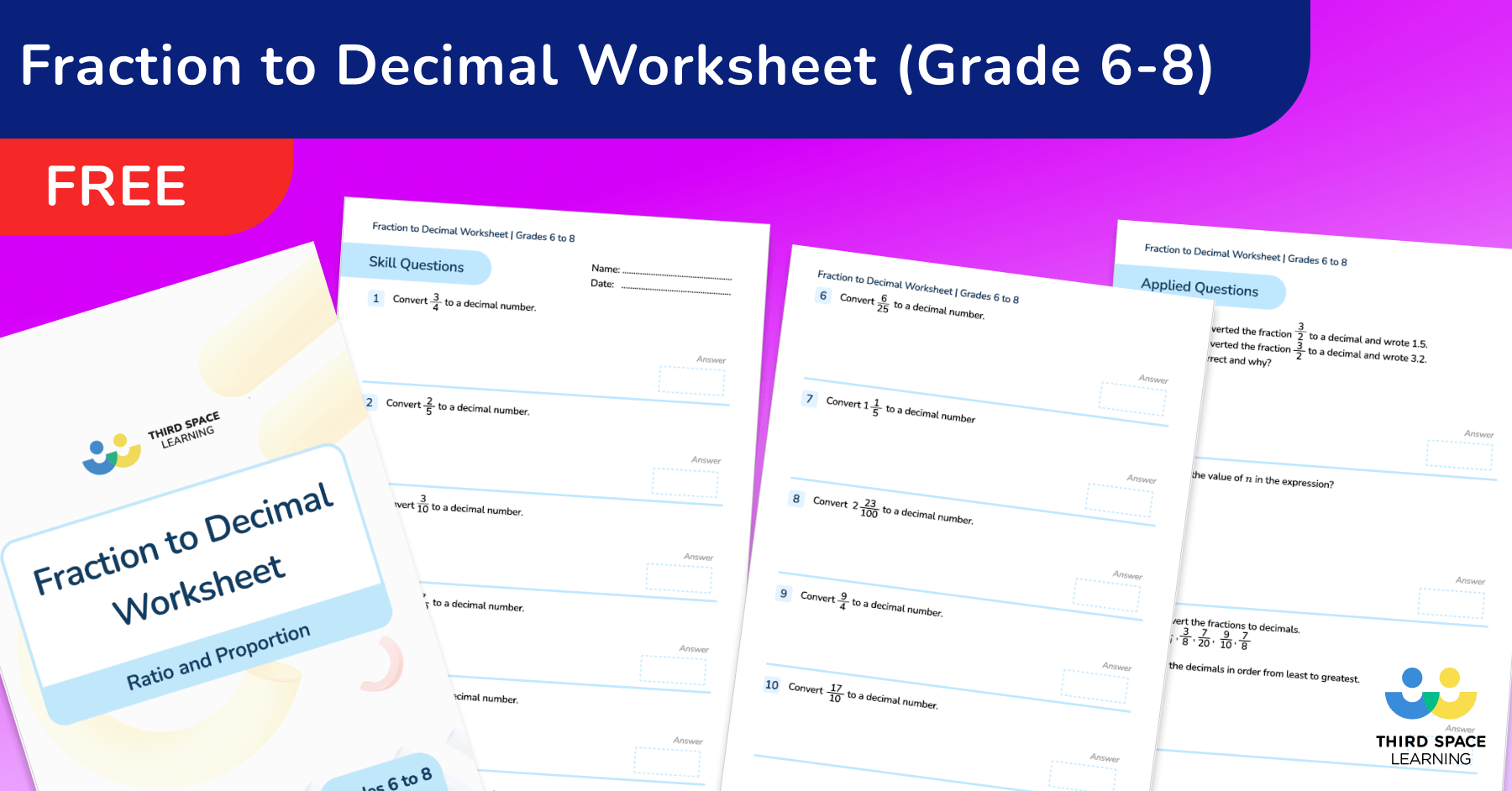
Fraction To Decimal Worksheet
Free Fraction To Decimal worksheet for 7th Grade with 10 skills based practice questions and 5 applied questions.
Learn moreGrade 7 Expressions and Equations
Use properties of operations to create algebraic expressions
Solve multi-step problems involving equations and inequalities

Algebra – Math Topic Guides (FREE)
Algebra topic guides, featuring step-by-step examples and practice algebra questions. All matched to common core and state standards by US teachers.
Learn more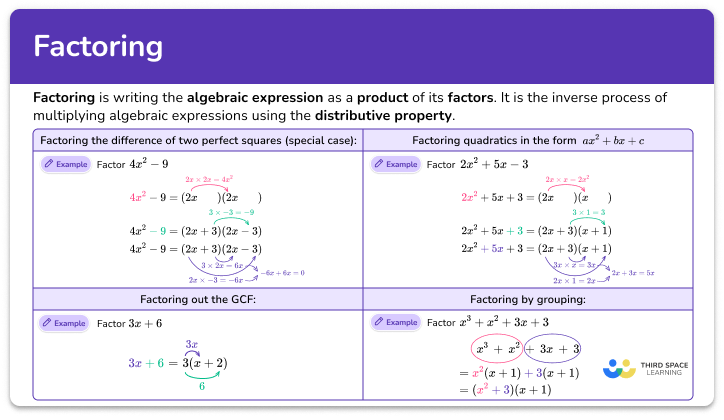
Factoring
Free factoring math topic guide, including step-by-step examples, free practice questions, teaching tips and more!
Learn more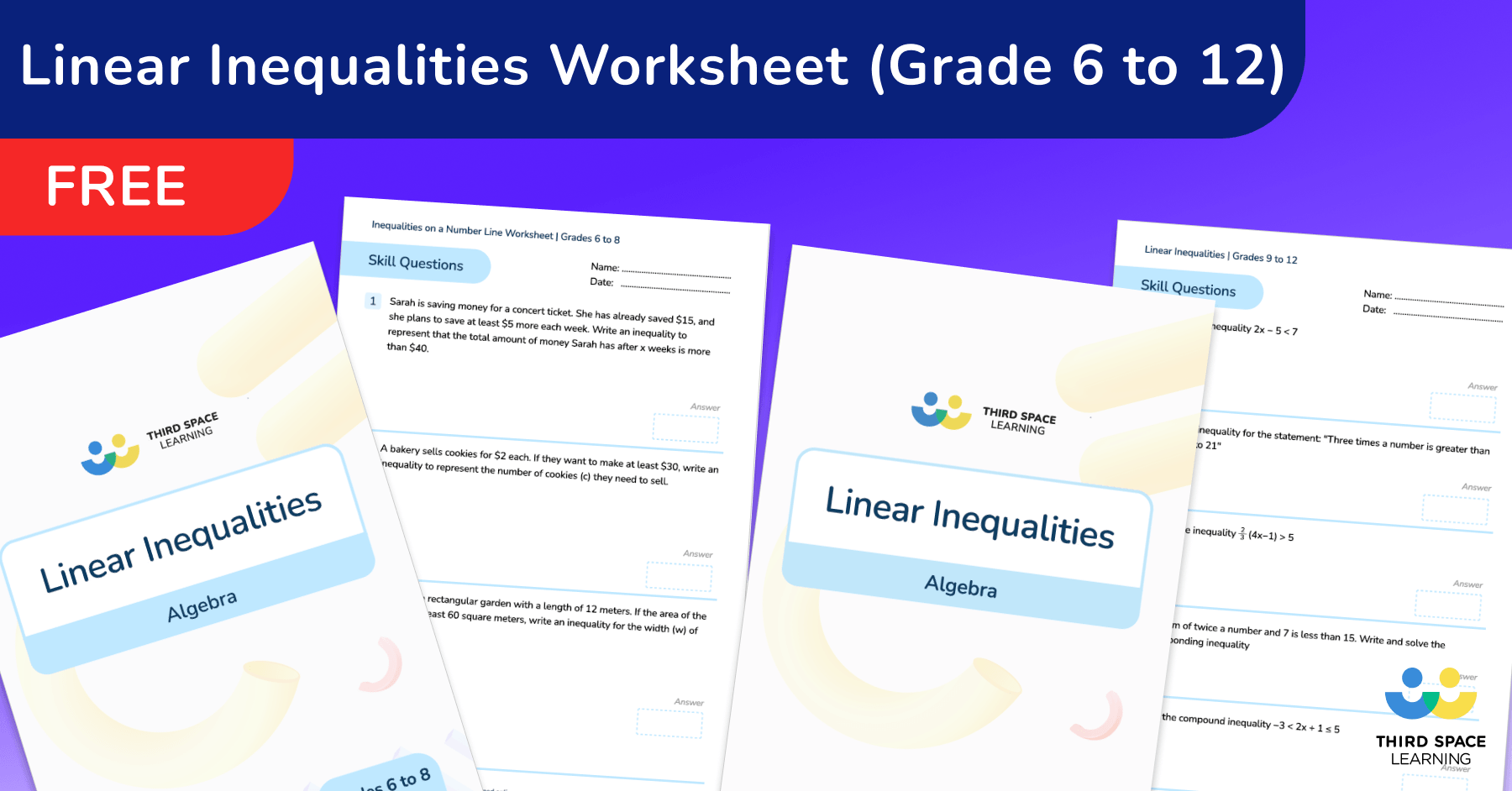
Linear Inequalities Worksheet
Free Linear Inequalities worksheets for 7th Grade and High School. Each worksheet contains 10 skills based practice questions and 5 applied questions.
Learn more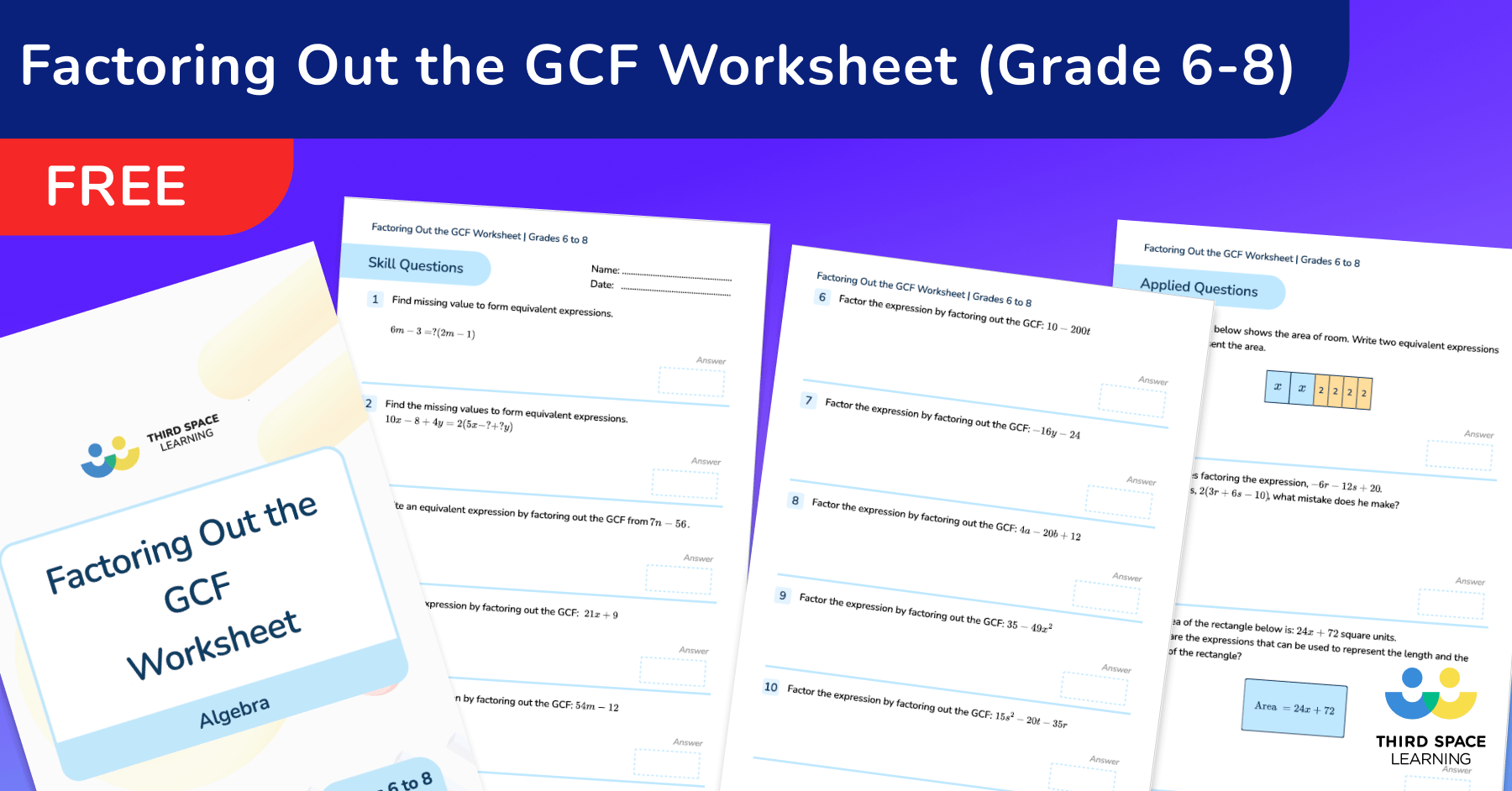
Factoring Out The GCF Worksheet
Free Factoring Out The GCF worksheet for 7th Grade with 10 skills based practice questions and 5 applied questions.
Learn moreGrade 7 Geometry
Draw and describe geometrical figures
Solve problems involving surface area, volume, and angle measure
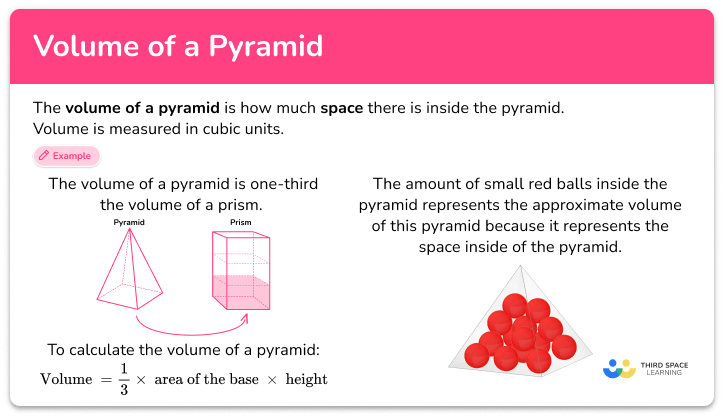
Volume of a pyramid
Free volume of a pyramid step-by-step math topic guide, including step-by-step examples, formula, free practice questions, and more!
Learn more
Geometry – Math Topic Guides (FREE)
Geometry topic guides, featuring step-by-step examples and practice geometry questions. All matched to common core and state standards by US teachers.
Learn more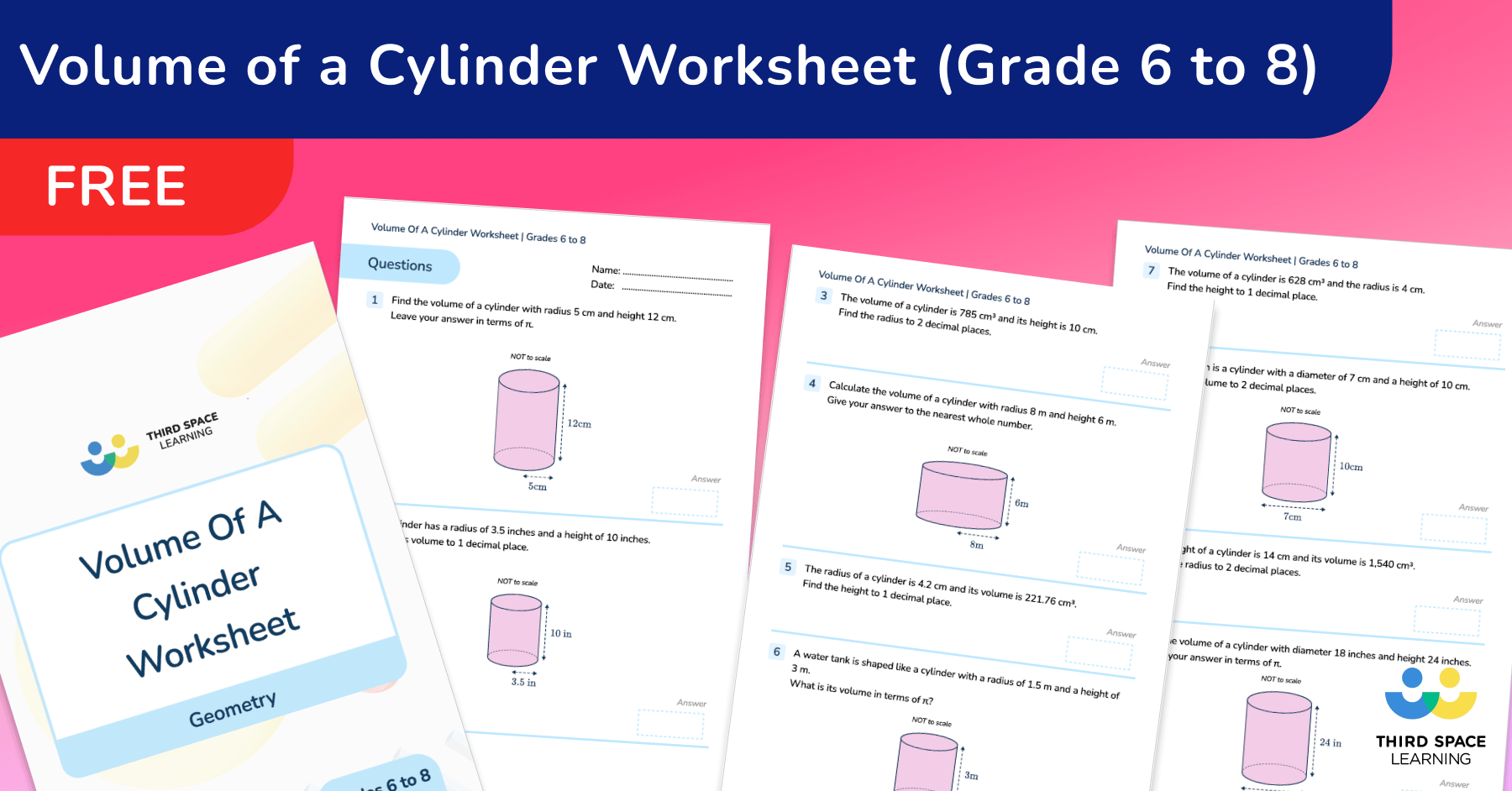
Volume Of A Cylinder Worksheet
Free Volume Of A Cylinder worksheet for 7th Grade with 20 skills based practice questions.
Learn more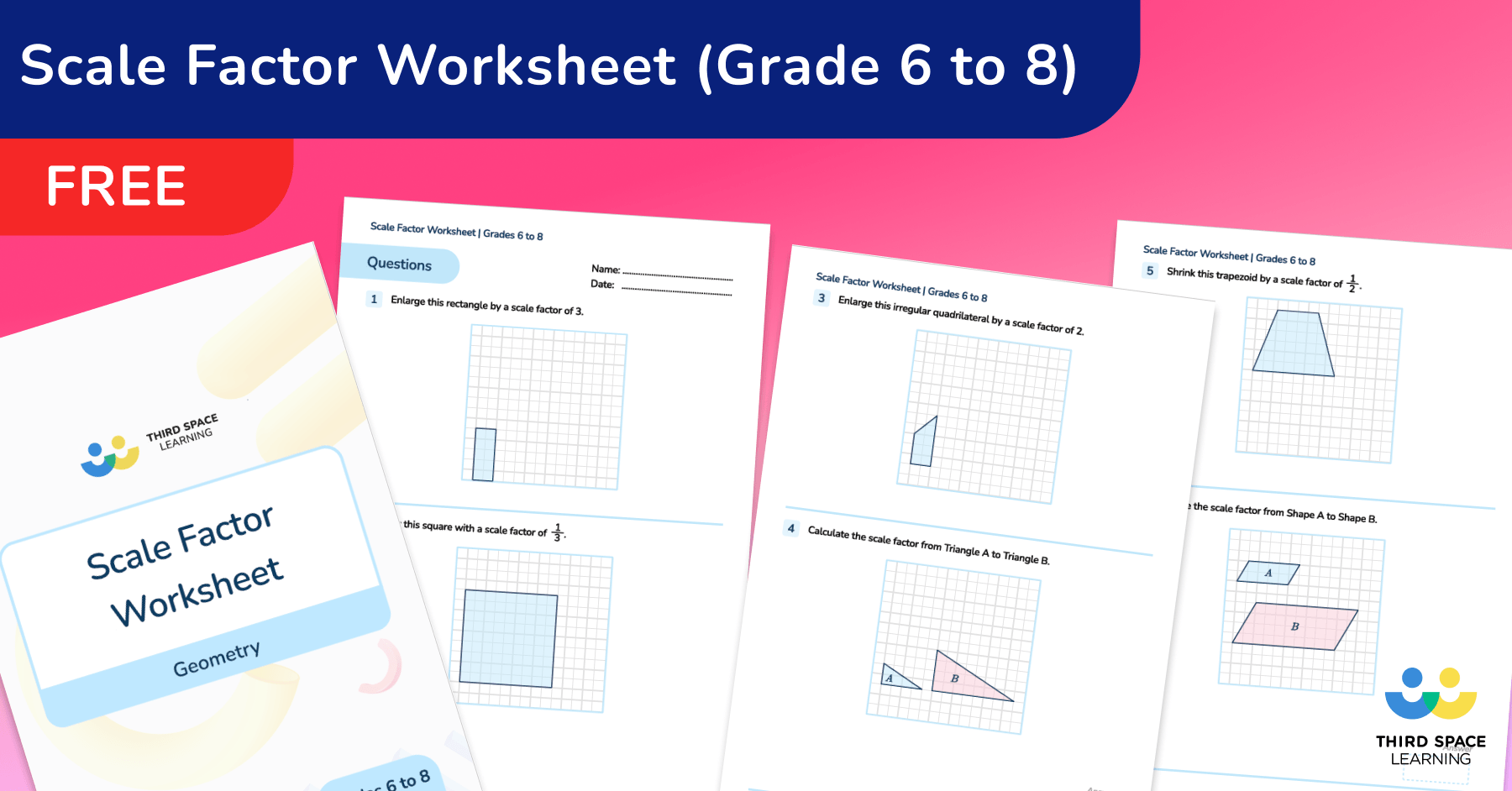
Scale Factor Worksheet
Free Scale Factor worksheet for 7th Grade with 20 skills based practice questions.
Learn moreGrade 7 Statistics and Probability
Investigate probability models
Draw comparative inferences from statistical data
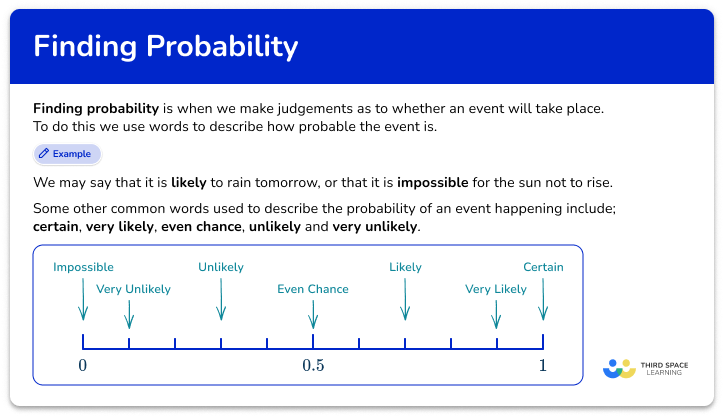
How to find probability
Free how to find probability math topic guide, including step-by-step examples, free practice questions, teaching tips and more!
Learn more
Statistics and Probability – Math Topic Guides (FREE)
Statistics and probability topic guides, with step-by-step examples and practice questions. All matched to common core and state standards.
Learn more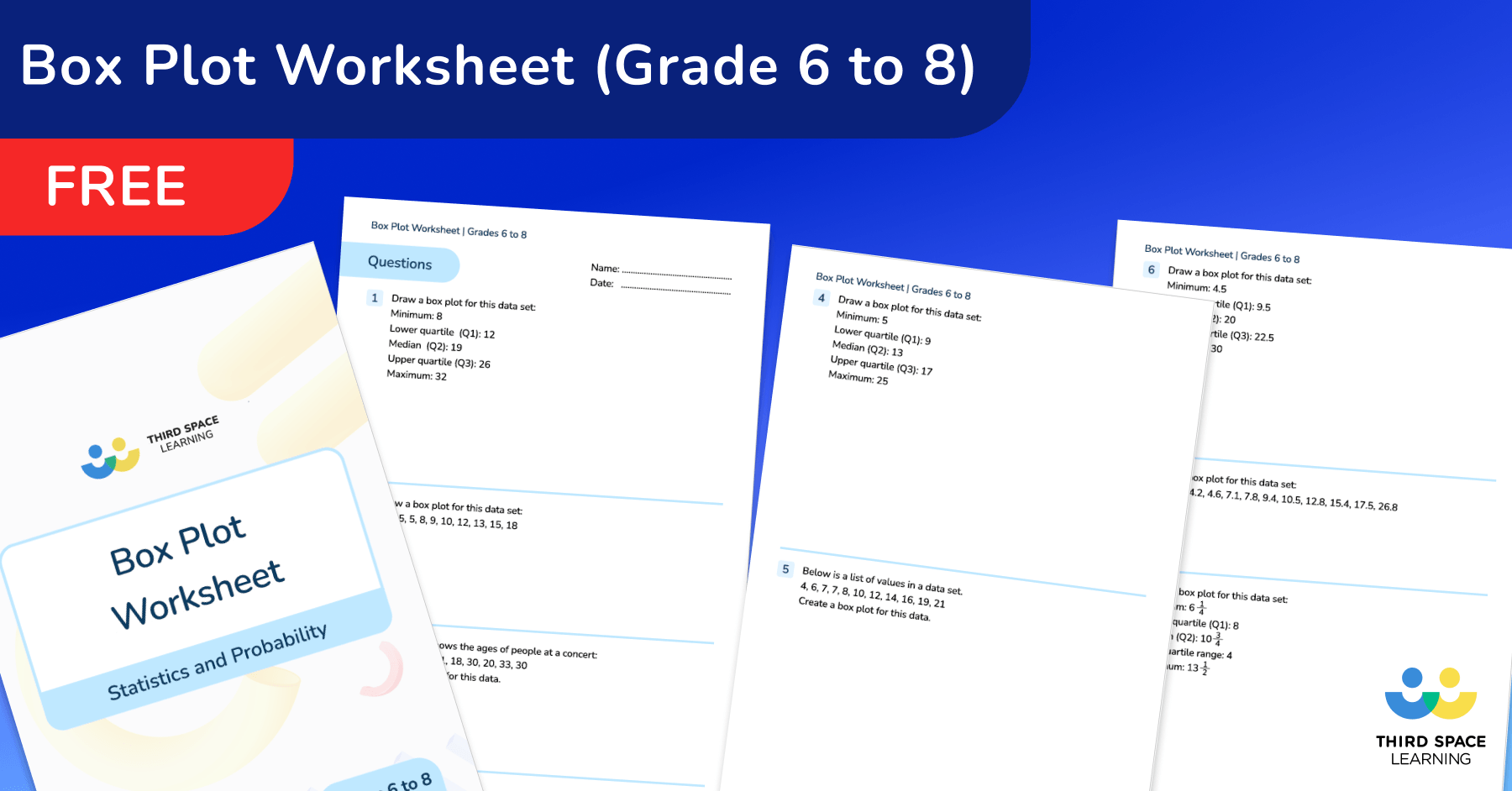
Box Plot Worksheet
Free Box Plot worksheet for 6th and 7th Grade with 20 skills based practice questions.
Learn more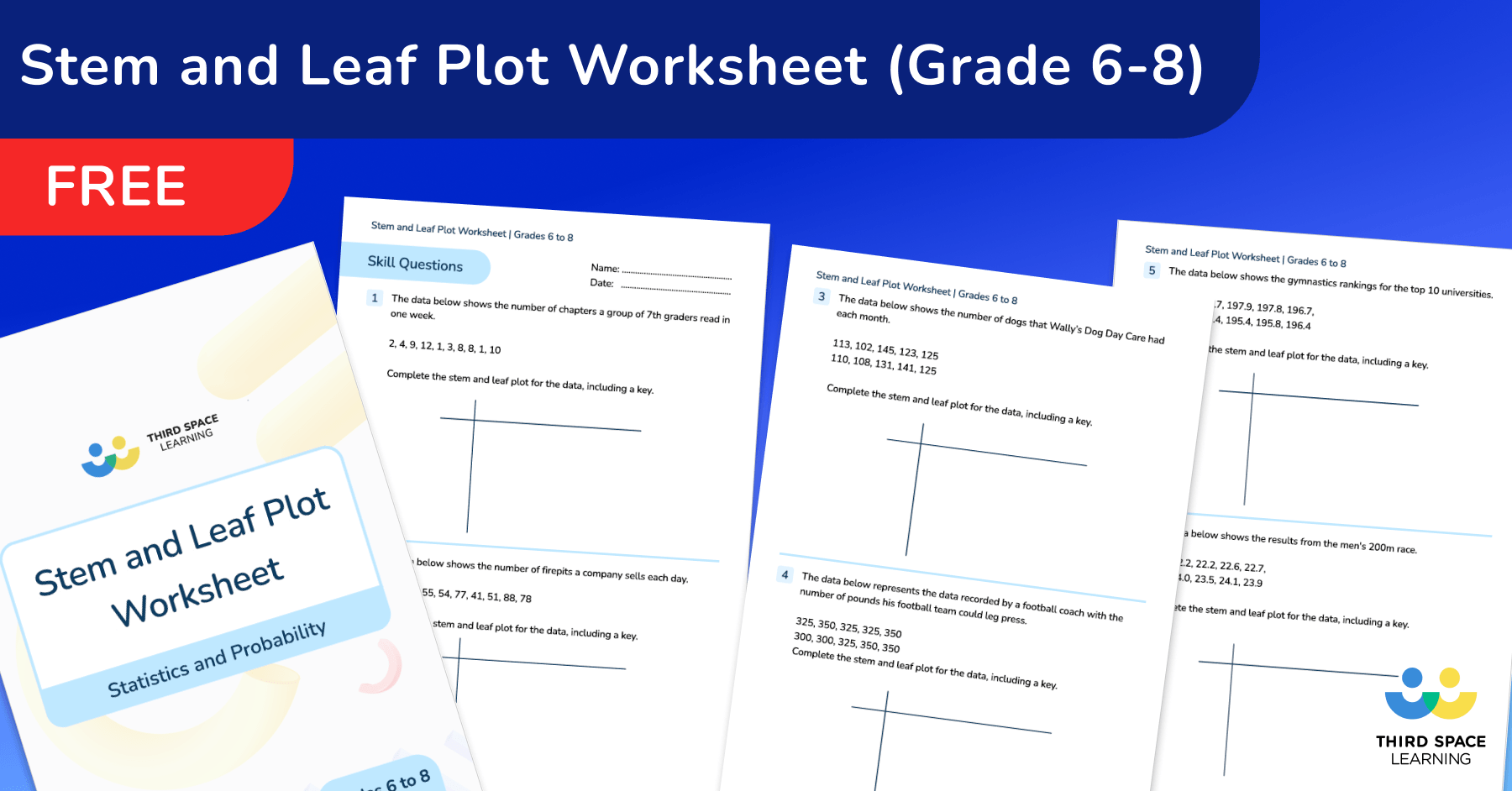
Stem And Leaf Plot Worksheet
Free stem and leaf plot worksheet for 7th Grade with 10 skills based practice questions and 5 applied questions.
Learn more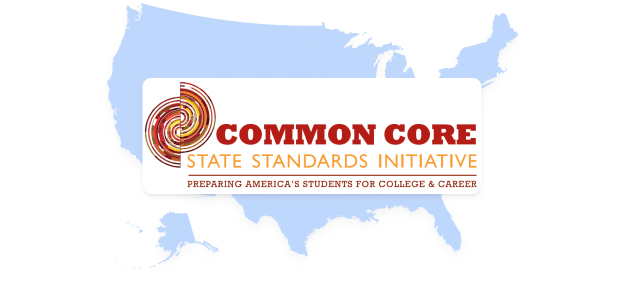
What’s new in seventh grade math?
Seventh graders deepen their math skills with rational numbers, algebraic expressions, and geometric concepts.
Students use ratios, rates, and proportions extensively to solve complex problems involving real-world contexts like percent increase and scale models.
Common math challenges and misconceptions for 7th graders
Negative Integers vs. Subtraction: Students confuse negative integers with subtraction, misunderstanding subtraction as simply making numbers smaller.
Proportional Relationships Misinterpretation: Misinterpreting proportional relationships and struggling to differentiate between proportional and non-proportional situations.
Fraction, Decimal, Percent Transitions: Difficulties in moving between fractions, decimals, and percents, leading to errors when calculating or interpreting rational numbers.
Variable Misconceptions: Misunderstanding variables as representing fixed values rather than numbers that can vary or are unknown.
Area, Volume, Surface Area Confusion: Confusion between area, volume, and surface area, often applying incorrect formulas or using wrong metric units in calculations.
Probability and Statistics Misunderstanding: Difficulty interpreting probability and statistics due to misinterpreting graphs or misunderstanding statistical variability.
Why schools and districts choose Third Space Learning
for their 7th graders
Expert math tutoring aligned with the 7th grade math standards, concepts and misconceptions
Personalized instruction adapting to each student’s needs
Precise progress tracking linked to Common Core standards
Cost-effective intervention to accelerate math progress
Proven results in improving math proficiency on state tests
How 7th grade math tutoring drives results
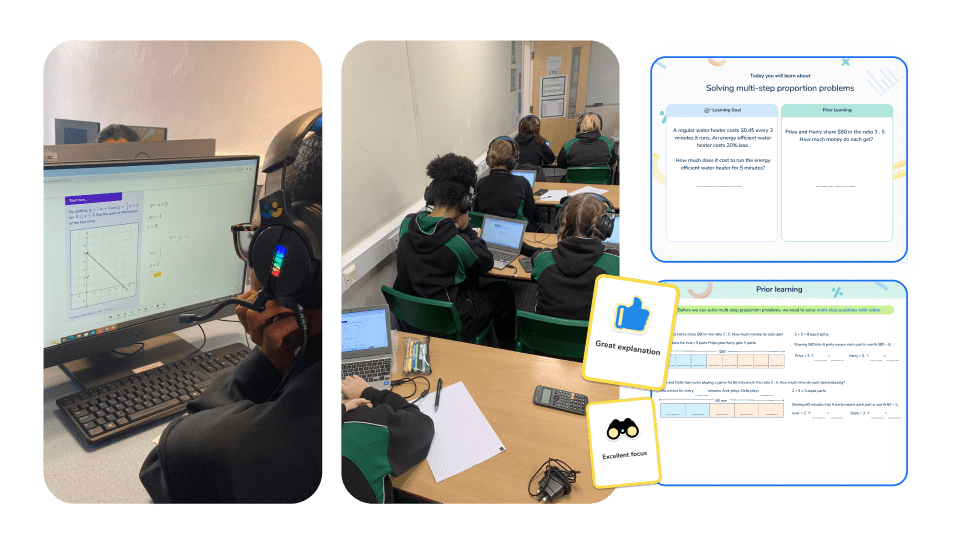
Tailored support at scale
Our personalized one-to-one AI tutoring addresses each student’s needs allowing support for multiple learners simultaneously in turn, helping to close gaps rapidly.
K-8 math tutoring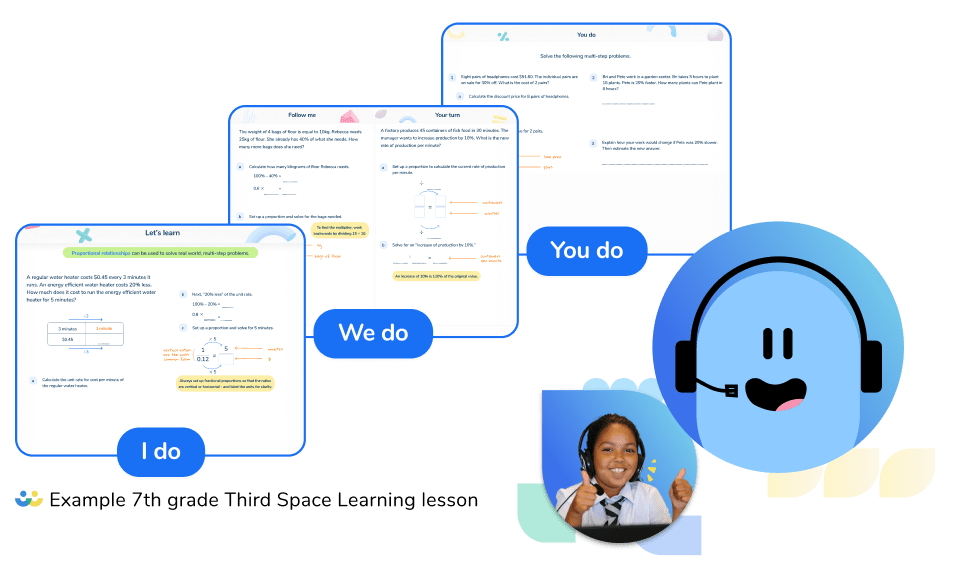
Research-based instruction by math specialists
Tutoring uses proven strategies and pedagogically sound methods to develop students’ mathematical reasoning, fluency, and problem-solving skills.
Download sample lessons
Integrates with school schedules
Our flexible tutoring seamlessly integrates with your existing seventh grade math curriculum, supporting classroom instruction and improving academic achievement.
Explore tests and assessmentsFrequently asked questions
What math concepts are taught in 7th grade?
In the seventh grade, students learn concepts such as ratios, proportional relationships, operations with rational numbers, algebraic expressions, geometry, probability, and statistics.
What tools are best for teaching seventh grade math?
Visual aids such as number lines, coordinate planes, graphs, protractors, and bar models are useful when teaching the seventh grade math curriculum.
How can students master equations in 7th grade?
By practicing multi-step problems, understanding variables, and applying operations strategically through structured, repeated practice.
What’s the best way to teach rational numbers?
Using real-world contexts, number lines, and visual models to connect fractions, decimals, and percents effectively.
How does geometry instruction change in 7th grade?
Increased focus on precise descriptions of geometrical figures and calculations involving surface area, volume, and angles.
What is a good iReady diagnostic score for seventh grade math?
A good iReady diagnostic score for seventh grade typically ranges from 500–600, reflecting proficiency and readiness for grade-level standards.
